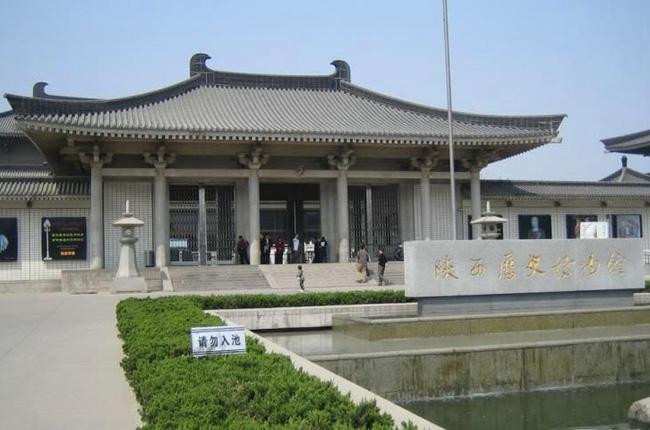Chinese province names showcase the country’s deep history and cultural diversity. Let’s explore the meanings and origins behind some of the most well-known regions.
Taihang Mountains Define Two Provinces
The Taihang mountain range plays a key role in the names of two eastern provinces. Shanxi Province derives from 山西省 “shān xī shěng”, meaning “west of the mountains”. As the largest mountain system in China, the Taihang separates Shanxi from areas further east. Correspondingly, neighboring Shandong Province takes its name from 山东省 “shān dōng shěng”, translating to “east of the mountains”. Even today, the Taihang demarcates the border between these two culturally rich regions.
/GettyImages-464826484-388ff3ede7174474a3262114db3eb088.jpg)
Canyons Inspire Shaanxi’s Name
With iconic landmarks like the Terracotta Army, Shaanxi Province remains integral to Chinese history. Its name 陕西省 “shǎn xī shěng” also ties to geography. “Shǎn” refers to the narrow mountain passes and canyons carved by the Yellow River in this area. Specifically, it draws from 陕州 “shǎn zhou”, the former name of Sanmenxia City in neighboring Henan Province known for its rugged terrain. Shaanxi sits west of this region, earning its designation as the “west of the canyons”.
Yellow River Shapes Province Identities
Beyond boundaries, the Yellow River (Huang He) helped establish early Chinese civilization and profoundly impacted province formations. It flows eastward through the Loess Plateau, creating a landscape of steep cliffs and valleys. This topography gave rise to names like Shaanxi that memorialized defining geographic features. The river also supported settlements along its banks and tributaries, contributing to distinct regional cultures across its basin. Even its occasional devastating floods reinforced identities and ties to the land for inhabitants of provinces like Shanxi.
Historical Sites Sustain Cultural Legacies
As the cradle of Chinese culture, many provinces hold historical significance that live on through their names. Beijing , formerly Beiping , translates to “Northern Capital”, highlighting its former role at the helm of dynasties. Sichuan means “Four Streams” in reference to the Min, Jialing, Tuo and Jinsha Rivers converging in its Chengdu Plain. This water-rich geography allowed Sichuan to establish itself as an agricultural and economic powerhouse. Provincial names therefore do much more than indicate locations - they embody rich narratives spanning generations that continue to define regional pride and traditions today.
Linguistic Transformations Over Centuries
While reflecting deep roots, some province names also testify to linguistic evolution. The core meaning of Henan - “south of the [Yellow] river” - endures despite the modern pinyin version differing from antiquity. Over the past two millennia, Mandarin Chinese, dialects and romanization standards developed in ways altering term spellings. However, their origins remain discernible through etymological analyses. Such transformations underscore how language, like geography, shaped each locality yet interconnected all in cultural exchange under the larger sphere of “Zhongguo” - China.
In closing, Chinese province names present a window into the country’s continuous blending of physical and social landscapes. Through their varied formations and histories, these designations reinforce a shared heritage across regional diversity. Their study continues enhancing understanding of China’s development and what defines this vast nation today.

 How I Attempted to Sneak onto a Flight in my Luggage and What I Learned
How I Attempted to Sneak onto a Flight in my Luggage and What I Learned